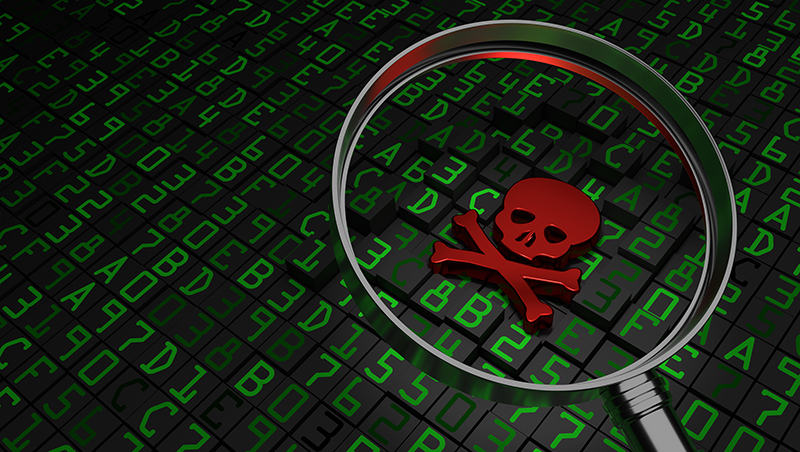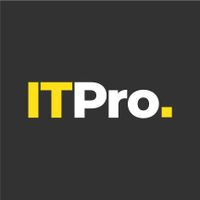How to remove malware from your computer
Is your PC slowing down? It might be infected with malware. Here’s how to get rid of it

The recent worldwide cyber attack, , dubbed Wannacry, which affected the NHS and a number of other UK organisations, highlights the need for robust cyber security and vigilance against malware.
Yet malware emerges in many forms and can attack computers differently depending on its design. If your computer is operating slower than usual, or you've seen strange activity, or adverts appearing in places they shouldn't, it is likely that your computer is infected with some type of malware.
Malware, or 'malicious software', is a type of software that is designed to covertly access a device without warning the user. It comes in many forms, including spyware, adware, phishing, viruses, Trojans, worms, rootkits, and, in the case of the NHS, ransomware.
According to security firm Avast, malware typically gains access through the internet and via email, however it can also infect machines through hacked websites, game demos, music files, toolbars... pretty much anything that you download from the web onto your machine.
Here's our guide for detecting, eliminating and blocking malware infections on your PC.
Warning signs
A slow or unstable computer is often a significant sign that a machine could be infected with malware. Unfortunately, the signs can also be more obnoxious, such as desktop adverts, browser popups, or spam emails. All malware removal tools contain a scanner, which you should regularly use to check for infections.
Even with antivirus software installed, it doesn't mean you're entirely immune to the affects of downloaded malware, so don't assume its something unrelated, such as hardware issues. If you suspect there's something wrong, its best to try multiple malware removal scanners to be sure.
Sign up today and you will receive a free copy of our Future Focus 2025 report - the leading guidance on AI, cybersecurity and other IT challenges as per 700+ senior executives
If you think your PC may have a malware infection, the first thing you should do is boot your PC into Microsoft's Safe Mode. You may find that your PC runs noticeably faster in Safe Mode, which could be a sign that your machine has a malware infection. Keeping your PC running in Safe Mode is also good preparation in removing any malicious software, as it allows the files to be removed easier since they're not actually running or active.
3 steps to removing malware
You're now ready to remove any unwanted malicious software. The best way to get rid is to use a reliable malware removal tool, as found in any good anti-malware software. These can quickly and easily remove any malware from your PC.
Here's how to do it, in three easy steps.
Step 1: Kill your Internet
Disconnect your computer from the internet. Whether this means removing the ethernet cable or disconnecting from your WiFi, the first thing you need to do is to stop your communication online in order to prevent the suspected malware from spreading or leaking your private data. If you tend to use Ethernet, make sure you're computer doesn't automatically switch to WiFi when you pull the cable.
Step 2: Delete temporary files
Before you run a virus scan, delete your temporary files. Doing this may speed up the virus scanning, free up disk space, and even get rid of some malware in the process. This can be done by using the Disk Cleanup utility included with Windows 10. Just type 'Disk Cleanup' in the search bar or after pressing the Start button and select the tool that appears with the same name.
Step 3: Run a malware scanner
Lastly, you should always run a standard malware scan on your machine, which is sophisticated enough to weed out most garden variety bad actors. You should do this regardless of whether you have antivirus or not; you can't rely on this to vanquish the millions of different malware versions that could be targeting your machine. Though if your malware scan finds lots of bugs your antivirus missed, it might be wise to invest in another option.
It's important to differentiate between the two types of antivirus software - there's real-time antivirus programs, which run by themselves in the background, constantly on the alert for malware threats, and there's on-demand scanners; these scour your PC for malware infections as soon as you open them and manually start a scan. Really, you just need the one real-time antivirus program, but some on-demand scanners can detect threats others can't, so it's not a bad idea to install a few of these.
In our opinion, it's best to run an on-demand scanner and then follow up with a full scan by a real-time antivirus program. Some good (and free!) on-demand scanners we can recommend include Malwarebytes, Avast, BitDefender Free Edition, Kaspersky Virus Removal Tool, and Microsoft's Malicious Software Removal Tool.
Keeping your PC clean
Avoid downloading any nasty malware by ensuring you've downloaded strong antivirus as well as decent anti-malware software on your machine, running regular checks - maybe once a week. This is vital even if you can't see any unusual activity on your PC - just because you can't see any evidence of foul play, it doesn't mean it hasn't happened. Some tools will prompt you to run a scan, which is a great way to get you into the habit of doing so.
There's also the common sense measures to bear in mind - for example, think before opening email attachments from people or sources you don't recognise, and make sure you keep your software up to date: hackers are always finding new exploits in software, which is why companies release regular patches, so ensure you download these to protect your system from new vulnerabilities. Allowing software to download and install updates automatically is a good way of staying current.
Zach Marzouk is a former ITPro, CloudPro, and ChannelPro staff writer, covering topics like security, privacy, worker rights, and startups, primarily in the Asia Pacific and the US regions. Zach joined ITPro in 2017 where he was introduced to the world of B2B technology as a junior staff writer, before he returned to Argentina in 2018, working in communications and as a copywriter. In 2021, he made his way back to ITPro as a staff writer during the pandemic, before joining the world of freelance in 2022.


